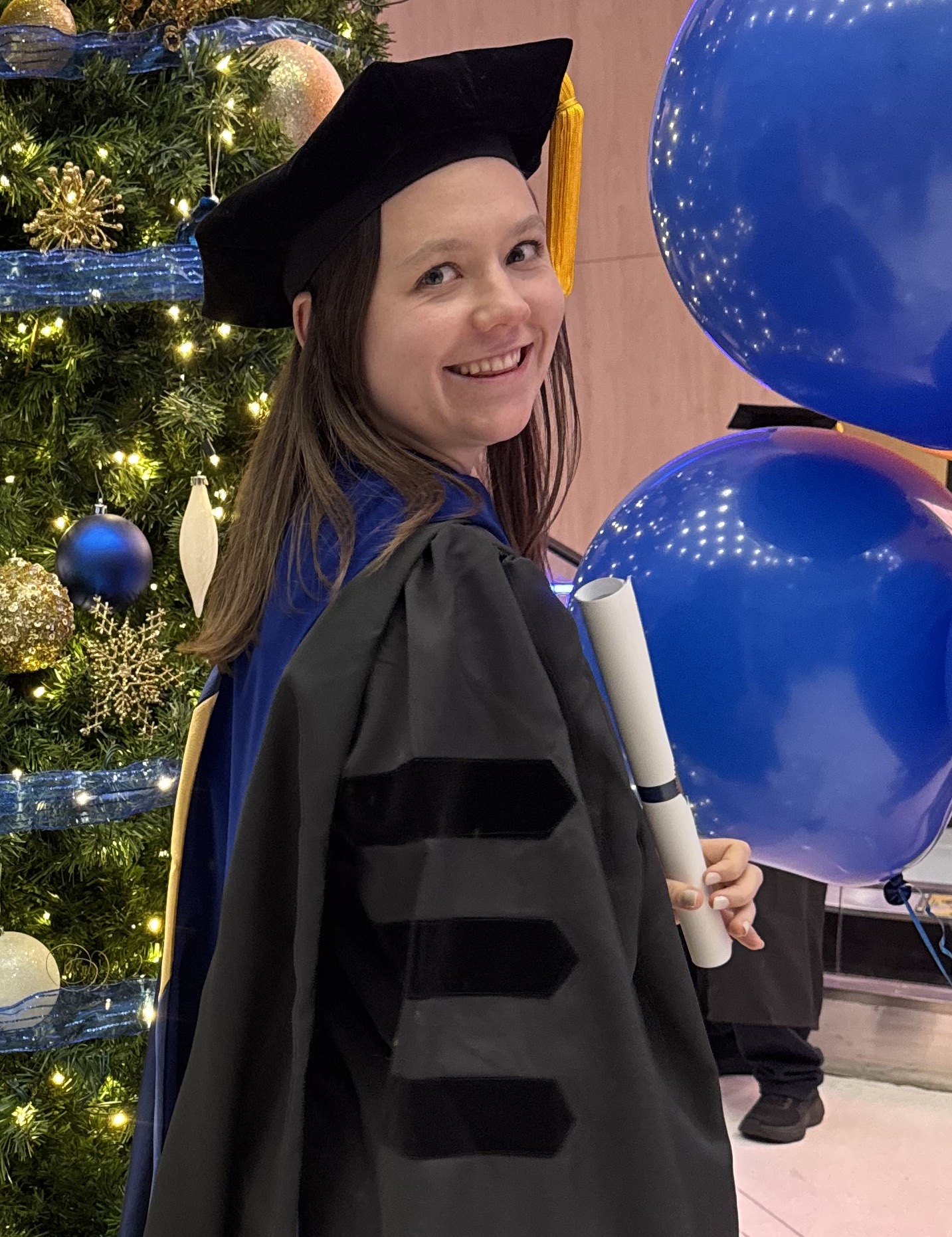Prefrontal Excitation/ Inhibition Balance Supports Adolescent Enhancements in Circuit Signal to Noise Ratio
Published in Progress in Neurobiology, 2024
Recommended citation: McKeon, S.D. et al. Prefrontal Excitation/ Inhibition Balance Supports Adolescent Enhancements in Circuit Signal to Noise Ratio. Progress in Neurobiology. 2024. https://doi.org/10.1016/j.pneurobio.2024.102695. https://www.sciencedirect.com/science/article/pii/S030100822400131X#ab0010
ABSTRACT
The development and refinement of neuronal circuitry allow for stabilized and efficient neural recruitment, supporting adult-like behavioral performance. During adolescence, the maturation of PFC is proposed to be a critical period (CP) for executive function, driven by a break in balance between glutamatergic excitation and GABAergic inhibition (E/I) neurotransmission. During CPs, cortical circuitry fine-tunes to improve information processing and reliable responses to stimuli, shifting from spontaneous to evoked activity, enhancing the SNR, and promoting neural synchronization. Harnessing 7 T MR spectroscopy and EEG in a longitudinal cohort (N = 164, ages 10-32 years, 283 neuroimaging sessions), we outline associations between age-related changes in glutamate and GABA neurotransmitters and EEG measures of cortical SNR. We find developmental decreases in spontaneous activity and increases in cortical SNR during our auditory steady state task using 40 Hz stimuli. Decreases in spontaneous activity were associated with glutamate levels in DLPFC, while increases in cortical SNR were associated with more balanced Glu and GABA levels. These changes were associated with improvements in working memory performance. This study provides evidence of CP plasticity in the human PFC during adolescence, leading to stabilized circuitry that allows for the optimal recruitment and integration of multisensory input, resulting in improved executive function.
